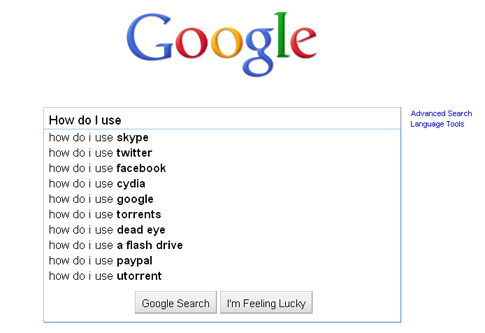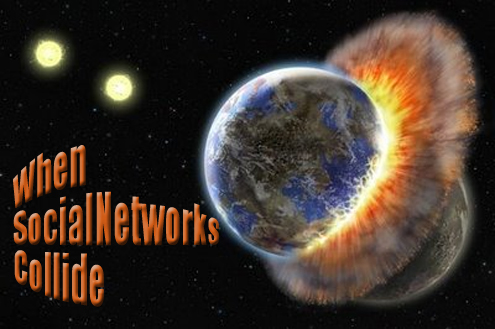
Do you remember the first time you got a blog comment? Or the first time someone followed you on Twitter. Pretty cool wasn’t it? All of a sudden this static world of reading and consumming media changed-overnight. All of a sudden we all had voices.
I remember the first time I connected with an old friend on Facebook. It immediately showed me the power of the platform and it’s infinite possibilities. Which naturally lead to these thoughts- “I can’t beleieve they found me”, “Wow do they look old” and “I wonder who else is on here”? I truly believe it was those 3 thoughts that fueled the desire for more from users who both created and consumed Facebook content. It was like crack.
Depending on your background and skillsets, the early days of social media for a lot of us, were so wonderous and so filled with curiosity. Connecting with new people who were your peers, and then having these really deep discussions through blog posts and comments or tweets on Twitter, took the power of social media for us and elevated it.
We blogged about it. We waxed poetic about it. We told whoever was listening about it, and even those who might not have been listening, how cool and powerful this thing called social media was. We were all evangelists who had Ah-ha moments.
But something has happened. The Ah-Ha moments are diminishing.
Do you remember when the internet first exploded on the scene? How everyone was enamored of it? Or how about when the iPod came along? Do you remember the cool commercials and the desire to have one, how great it was? Is it still like that? It’s not, is it? Why?
The problem? Mass consumption and the expectations of consuming as it relates to creating.
Like any addiction, as you continue to consume, it takes more and more effort to satisfy the craving. In social media your magical moments were created by you, but moreso by your connections. It’s just they were driven to you inversely by your effort.
We want more Ah-Ha moments but…they are just few and far between now. You’re probably thinking well a sage veteran already had their moments, it’s only for the newbies…Really? Is that the way it supposed to be? Can’t we have more?
In the “social media” beginning, your effort to have conversations equaled a great experience because the expectations were so low and there just weren’t a lot of people in the space.

But as social media has evolved and Facebook now has it’s 500 millionth user, the web 2.0 experience has changed what we think, what we know, and how we use it. Our experiences have been dulled and our desire for new and shiny has increased, all because of us. Why us? Because the tools and platforms that make up social media, have allowed us to create and experience things at levels that would have blown our minds 3 years ago. Demand is way up, experiences are way down and expectations have never been higher.

Our social media experiences are just that. They are merely experiences now. Our expectations are getting so high that we’re likely to be disappointed by our experience. I worry that our expectations keep rising not only in waiting for the next big thing, or the next great connection, or great business deal, but also for the type of content we consume. Why? It creates the false assumption amongst creators of content, that what will please us needs to constantly be elevated.
A more potent solution. Bigger, better, faster.
Funny thing is, what really has driven growth and adoption, more than anything else-hasn’t been technology, though it has helped, it’s been about the human element. It has been about the Ah-ha moment.
It’s always been about you, me and them. We are responsible for our Ah-ha moments. They are there. We can have them anytime we want.












